Oil and gas sector is among the eight core industries in India and plays a major role in influencing decision making for all the other important sections of the economy.
The oil & gas industry is broken down into three segments: Upstream, Midstream and Downstream.
Upstream, the exploration and production of oil and natural gas, the Midstream segment refers to anything required to transport and store crude oil and natural gas before they are refined and processed into fuels and etc., and the Downstream, which refers to the refining of crude oil into gasoline, diesel, jet, and other fuels.
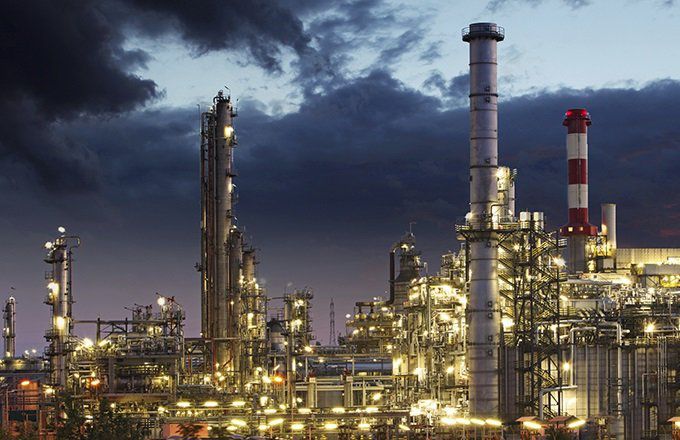
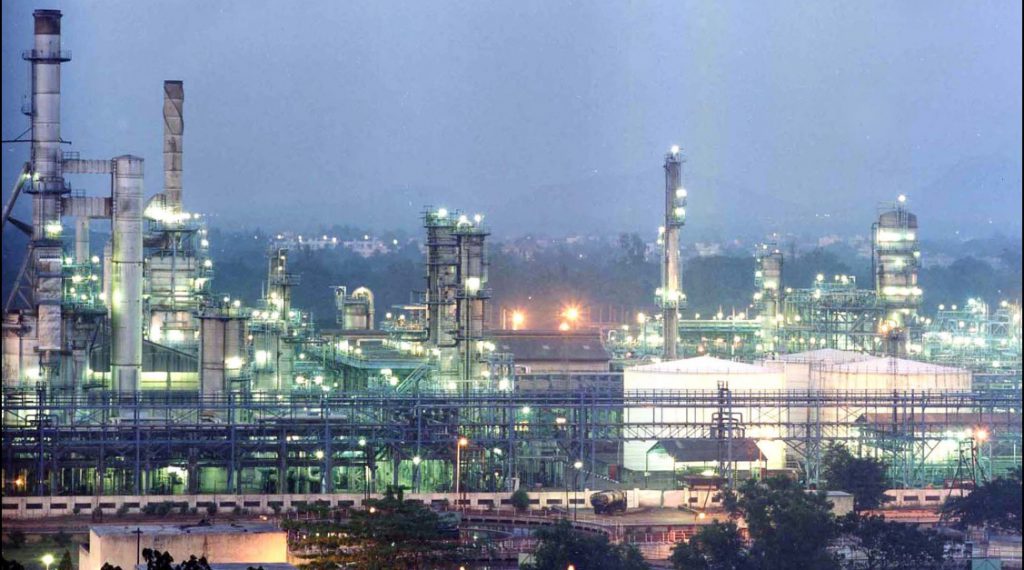
An Oil Refinery is an industrial process plant where crude oil is transformed and refined into more useful products such as petroleum naphtha, gasoline, diesel, fuel ,asphalt base, heating oil, kerosene, liquefied petroleum gas, jet fuel and fuel oils.
Petroleum refining refers to the process of converting crude oil into useful products. Crude oil is composed of hundreds of different hydrocarbon molecules, which are separated through the process of refining. The process is divided into three basic steps: separation, conversion, and treatment.
Nitrogen is essential in the formation of protein, which makes up much of the tissue present in living things.
Phosphorus is involved in many processes critical to plant development. Key among them is photosynthesis, the process that plants use when converting sunlight to energy
Potassium, also known as potash, is essential for carbohydrate and starch synthesis, and it also helps plants resist wilting.
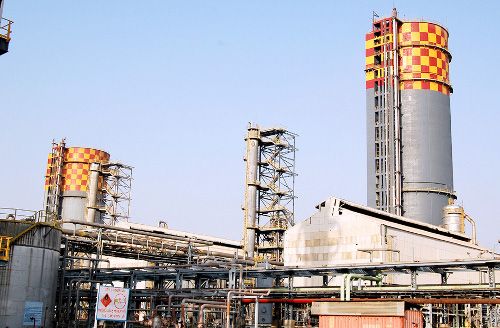
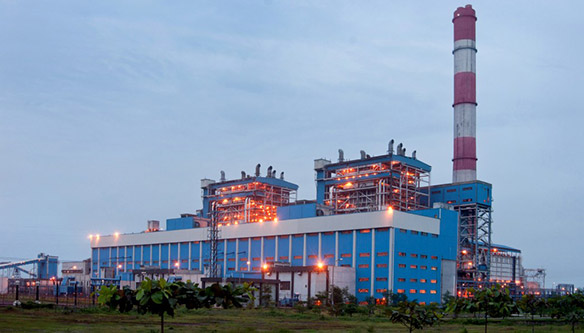
Thermal power plants converts the heat energy of primary fuels such as coal, to the electric power. In most of the thermal power stations, combustion of primary fuels heats the water and transforms it to steam. The steam drives steam turbines, which eventually generates electricity. Subsequently, the steam is condensed and recycled back into the system. The thermal power stations may use several different types of heat sources, including fossil fuels, nuclear energy, biomass and waste.
Types of thermal power plants:
The terms “wind energy” and “wind power” both describe the process by which the wind is used to generate mechanical power or electricity.
This mechanical power can be used for specific tasks (such as grinding grain or pumping water) or a generator can convert this mechanical power into electricity.
Wind is used to produce electricity using the kinetic energy created by air in motion. This is transformed into electrical energy using wind turbines or wind energy conversion systems.
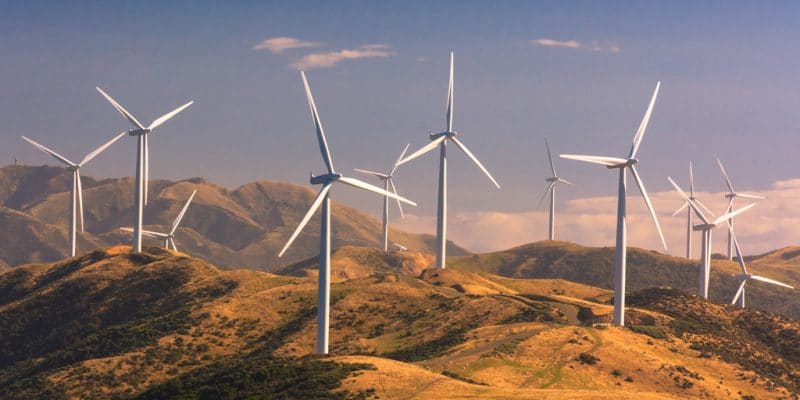

Solar technologies convert sunlight into electrical energy either through photovoltaic (PV) panels or through mirrors that concentrate solar radiation. This energy can be used to generate electricity or be stored in batteries or thermal storage.
The amount of sunlight that strikes the earth’s surface in an hour and a half is enough to handle the entire world’s energy consumption for a full year. Solar technologies convert sunlight into electrical energy either through photovoltaic (PV) panels or through mirrors that concentrate solar radiation. This energy can be used to generate electricity or be stored in batteries or thermal storage.
Cross country pipeline means all pipelines located beyond the boundary of any facility including pipelines after separator (exploratory well) and its associated facilities, which are required for transportation of liquid hydrocarbon from one point to another excluding piping within the Refinery/ Separation and / or Processing plant up to plant isolation valves.
These are generally long distance pipeline covering various Roads, Rail, Rivers crossing sometimes also across the Sea. These pipelines are designed,
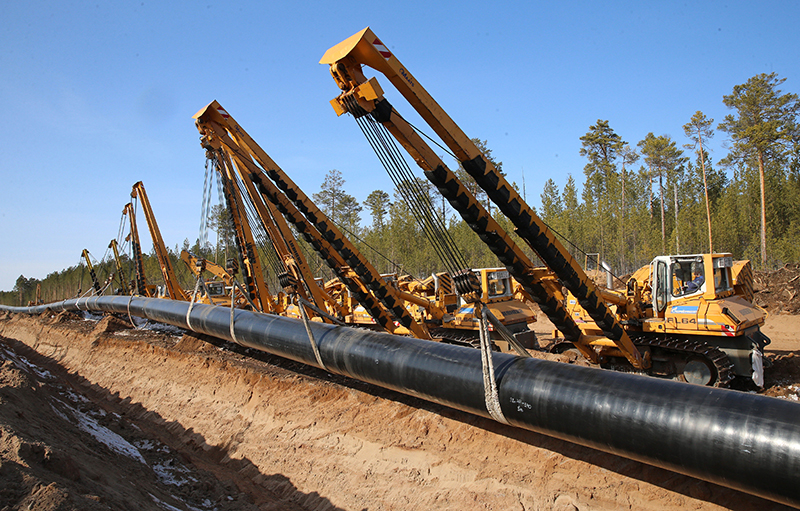

© 2021. IIVSIPL. All rights reserved